Top 10 best Cross Platform app development frameworks
- TECHVIFY Team
- July 21, 2023
- Knowledge, Best practices
- 0 Comments
Cross platform app development frameworks help you build mobile apps that work on different platforms. These frameworks have gained popularity because of their numerous benefits.
However, the market is flooded with various cross-platform app development frameworks and tools, which can be overwhelming for developers trying to choose the right tools for their cross-platform app development.
To simplify things, we have curated a list of the top 10 cross-platform app development frameworks that you can use to create robust and responsive apps that work across platforms.
I. What is cross platform app development?
In today’s business landscape, mobile apps have become crucial. It’s important to understand the nuances of app development. Cross-platform mobile development involves creating software applications running on various mobile operating systems.
With cross-platform apps, developers can share some or all of the source code. This means they can build and deploy mobile assets that work seamlessly on Android and iOS without creating separate versions for each platform.
II. Top 10 best cross platform app development frameworks 2025
1. Flutter
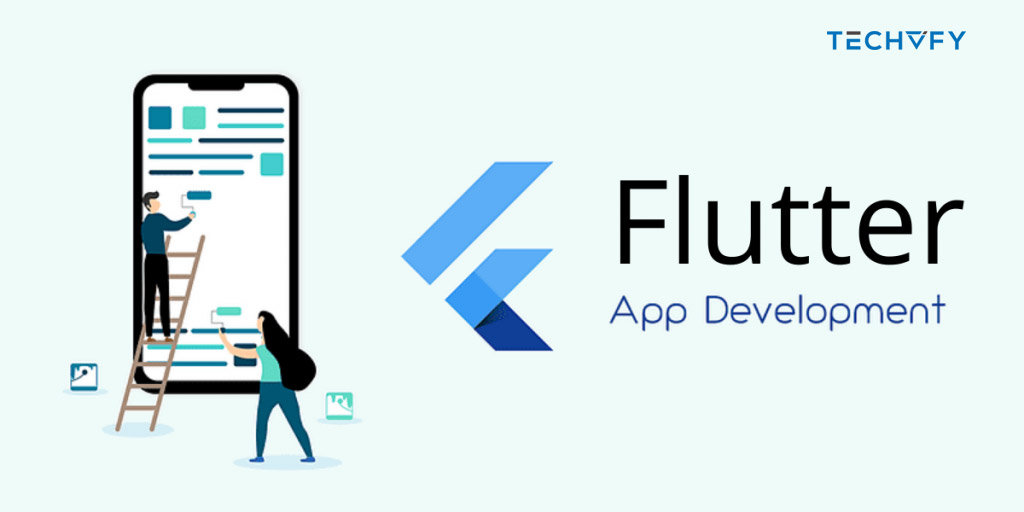
In 2017, Google introduced Flutter, a software development kit that streamlines the process of creating Android and iOS apps. Flutter enables the development of apps that seamlessly run on multiple operating systems. Here are some standout features of Flutter:
- Compatibility: Flutter can work with the latest interfaces thanks to its portable GPU that provides impressive UI power.
- Reactive Framework: With Flutter’s reactive framework, there’s no need to update UI content manually. Simply updating variables automatically reflects the changes in the UI.
- Cost-Effectiveness: Flutter is an ideal choice for developing Minimum Viable Products (MVPs) due to its cost-effectiveness.
- Ease of Code Modification: Making changes and adjusting the code in Flutter is straightforward and hassle-free.
- Integrated Graphics Engine: Flutter comes with an inbuilt graphics engine, eliminating the need for separate interfaces for Android and iOS.
- Notable Examples: Alibaba and Google Ads are popular apps developed using Flutter.
2. React Native
React Native is a JavaScript-based framework that gives mobile applications a “native feel” on iOS and Android platforms. Businesses and developers highly trust it.
With React Native, developers can enjoy the advantages of JavaScript and React.js. They can also write modules using Objective-C, Swift, and Java languages.

In React Native cross-platform apps, developers can utilize native modules and libraries to handle tasks like image editing and video processing. Here are some key features of React Native:
- It is an open-source framework supported by a large community, making straightforward bug fixes, improvements, and feature additions.
- Writing code once is enough to run on multiple platforms, saving time and cost.
- React Native integrates with third-party plugins, including popular ones like Google Maps.
- The framework focuses on delivering a highly responsive interface, ensuring smooth and user-friendly experiences for React Native applications.
3. Ionic
This framework is built on Angular JS and allows developers to use popular programming languages like HTML5, CSS, JavaScript, and Cordova Wrapper.
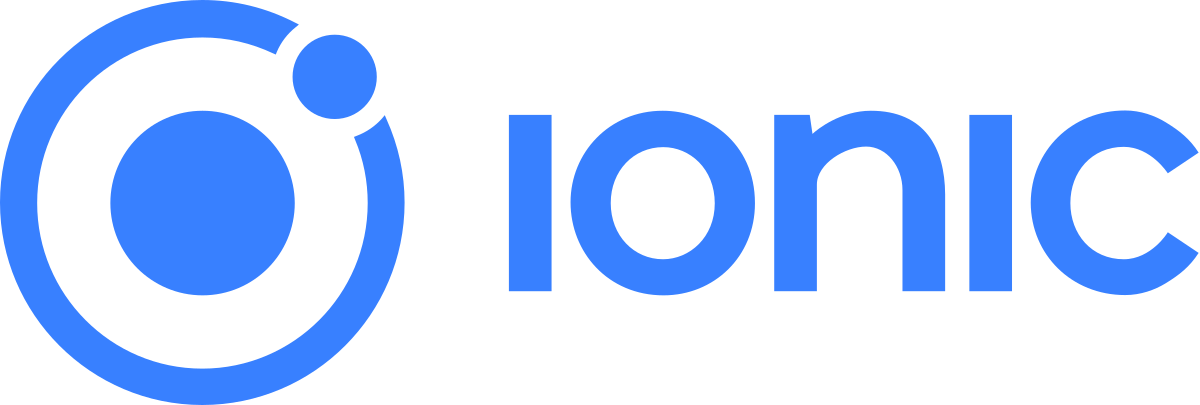
Ionic is known for its ability to create user-friendly and visually appealing interfaces, making it a top choice for developing Progressive Web Apps (PWA). Here are some key features of Ionic:
- An open-source front-end framework allows developers to modify the code to suit their needs easily.
- Ionic is designed specifically for mobile solutions and is based on a SAAS UI framework. It provides a wide range of UI components to build robust mobile applications.
- The framework utilizes Cordova plugins, enabling access to device features such as Audio Recorder, GPS, and Camera.
- Ionic simplifies including useful and attractive components in the app by offering HTML syntax extensions and core functionalities.
- With Ionic, apps have a native look and can seamlessly run on multiple platforms.
4. NativeScript
Another impressive and free framework based on JavaScript is NativeScrip. It is considered an ideal choice for achieving “write once, run anywhere” functionality, commonly called WORA.
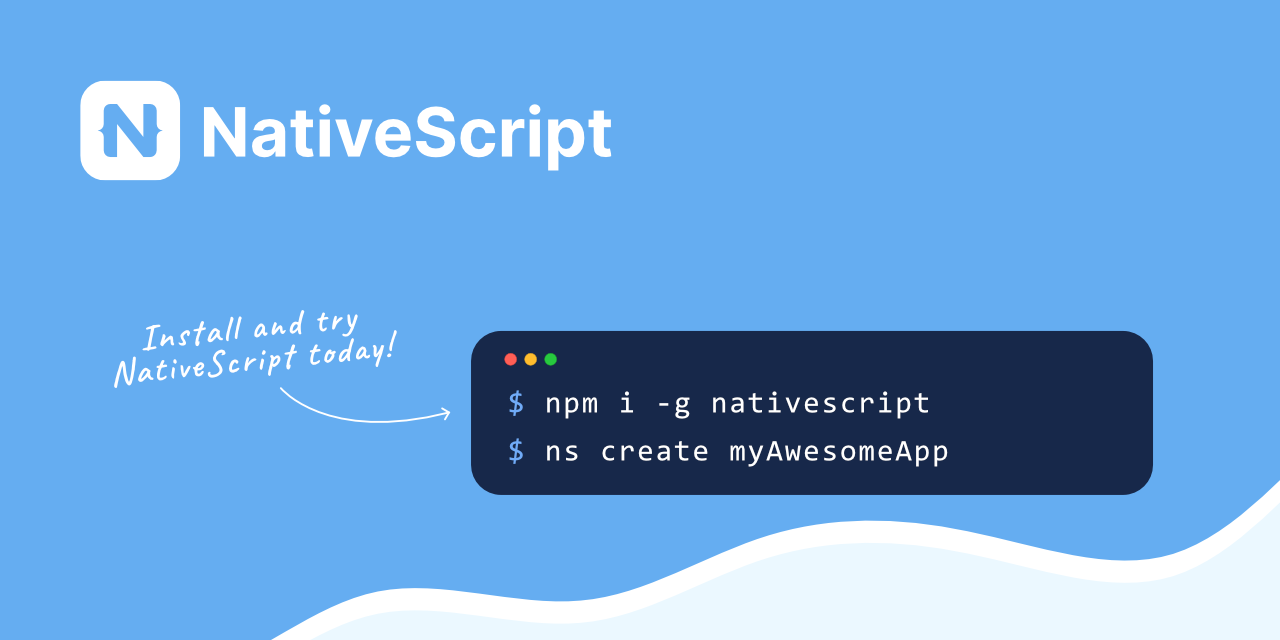
One of the standout features of NativeScript is its ability to access all native APIs, allowing developers to reuse existing plugins from NPM in their projects directly. Here are some key attributes of NativeScript:
- Programming languages: NativeScript uses Angular and TypeScript for programming purposes.
- Local strategies and support: It integrates local techniques from libraries and support segments such as Android Arsenal and Cocoapods.
- Access to native APIs: With NativeScript, developers can tap into native iOS and Android APIs, eliminating the need for in-depth knowledge of native development languages.
- Rich web resources and plugins: Compared to React Native, Native Script offers a wide range of web resources and plugins, reducing reliance on third-party solutions.
- Native and customizable UI: Native Script provides a native, visually appealing, and user-friendly UI without relying on WebViews. The code written in NativeScript can seamlessly adapt to different platforms. Furthermore, the UI can be tailored to specific screens and devices.
5. Node.js
Node.js is a JavaScript runtime framework built on the Chrome V8 engine. It’s an open-source environment that supports the development of scalable server-side and networking solutions. Its ability to handle multiple concurrent connections while efficiently building responsive applications is what sets it apart.
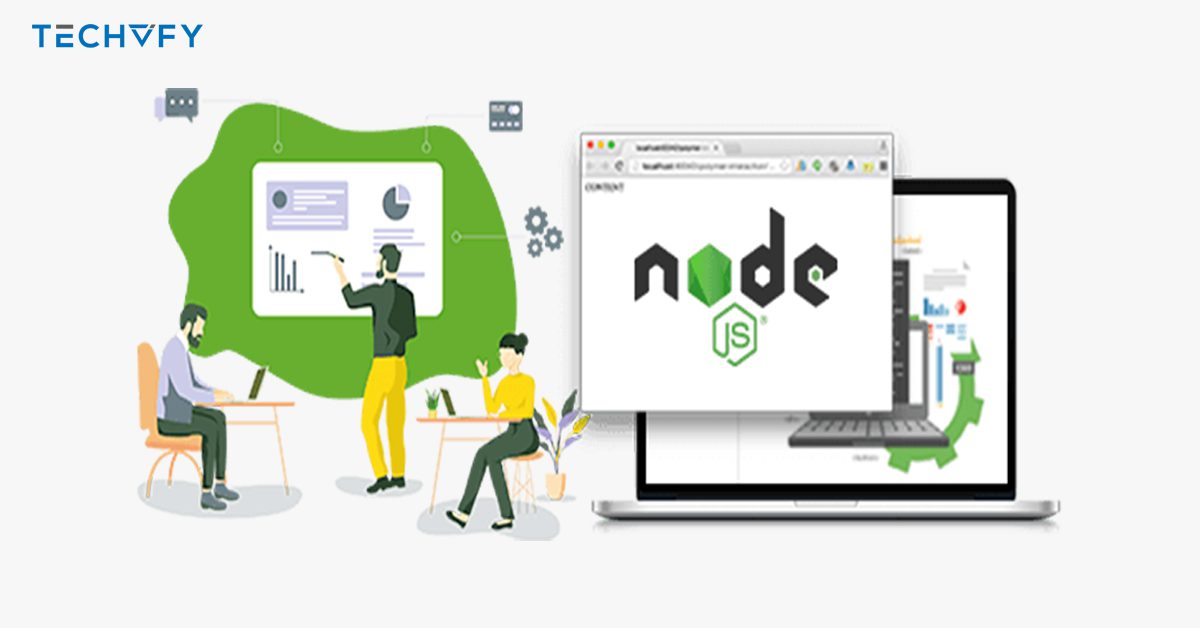
Node.js comes with a library of JavaScript modules that simplifies the development process. Here are some notable features of Node.js:
- Asynchronous APIs: Node.js servers don’t wait for data from APIs. Instead, they move on to the next API call and use notifications to receive responses from previous calls. This asynchronous nature improves performance.
- Speedy Execution: Node.js leverages the powerful V8 engine, originally from Chrome, resulting in fast code execution.
- Chunked Data Output: When developing cross-platform apps on Node.js, data is delivered in pieces rather than buffering, enhancing efficiency.
- Single-Threaded Model with Event Looping: Node.js uses a single-threaded model with event looping functionality, enabling the creation of fast and functional apps. Its non-blocking nature allows servers to scale and respond efficiently.
- Improved Response Time: Node.js reduces reaction time for slow requests and enables simultaneous information queries, improving overall performance for developers.
6. Xamarin

Xamarin is a streamlined framework that simplifies the development of Windows, iOS, and Android apps using C# and .Net. It excels at creating applications that look and feel native, offering the following features:
- Compatibility: Xamarin reduces hardware compatibility issues by using plugins and specific APIs. It also allows integration with native libraries, enabling customization and access to native functionality.
- Code Reusability: The framework supports incorporating Objective-C, Java, and C++ libraries. This means developers can reuse existing third-party code written in Java, C++, and Objective-C, saving time and effort.
- Error Reduction: Xamarin provides robust compile-time checking, leading to fewer runtime errors. This helps developers build reliable and well-functioning apps with confidence.
7. PhoneGap
PhoneGap or Cordova is a development framework that uses CSS, JavaScript, and HTML 5 to create mobile applications. It also offers a cloud solution where developers can share their apps and receive feedback from others. PhoneGap uses built-in device features and leverages existing app technologies to deliver high-quality applications.

One distinctive feature of Cordova is its plugin-able architecture, which enables the seamless integration of native device APIs modularly.
8. Appcelerator Titanium
Appcelerator Titanium simplifies app development by providing native JavaScript code components. Here are the key features of Appcelerator:
- Rapid Application Development: It offers multiple tools for quick application development. This means you can create prototypes in less time and effort, making analyzing user interaction with the user interface easier.
- ArrowDB: It provides a schema-less data store that eliminates the need for additional setup. Developers can easily deploy data models without any hassle.
- Integration with Existing Systems: Appcelerator allows seamless integration with continuous delivery systems, including various source code management solutions. This ensures smooth collaboration and integration within established development workflows.
- Pre-built Connectors: The framework comes with pre-built connectors for popular platforms like Salesforce, MS Azure, MS SQL, and more. These connectors simplify the integration process with external services and systems.
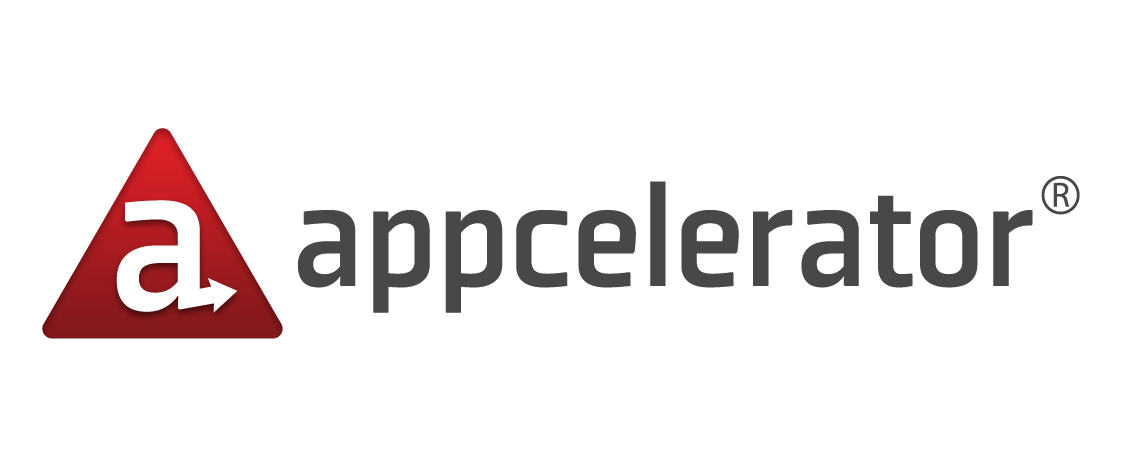
9. Corona SDK
Developers can use Corona SDK to develop 2D mobile applications for popular platforms like Windows. This SDK relies on Lua, a lightweight and versatile programming language, which greatly speeds up the development process for mobile and game apps.

Lua brings numerous benefits, including extensibility, portability, speed, scalability, and user-friendliness. It supports real-time testing on Mac OS X and Windows, making it highly efficient. Best of all, this free framework offers the following features:
- It provides over 1000 APIs that allow developers to manipulate various elements such as animations, audio, music, texture management, and native components.
- It supports nearly 200 plugins for analytics, media, and hardware.
- By utilizing Lua, the framework becomes powerful and fast.
- Code changes are instantly recognized, and developers can preview the app’s real-time performance.
10. Sencha Touch

Even large business apps can be developed effectively using Sencha Touch. It offers impressive features such as:
- Easily accessible native-looking themes for platforms like Android, iOS, and Windows.
- A versatile backend data package that allows seamless integration with different data sources.
- Support for Cordova integration, enabling access to native APIs and easy packaging.
- Over 50 customizable UI widgets, including lists, toolbars, menus, and more, are built in.
III. Benefits of Cross-Platform App Development Frameworks
| Maximum App Reach | Cross-platform development enables app release on multiple platforms, reaching a wider audience. |
| Reduced Development Costs | A single app saves development expenses significantly by running on multiple operating systems. |
| Swift Development Process | With up to 80% reduced efforts, cross-platform frameworks facilitate faster app creation and deadline compliance. |
| Code Reusability | Writing code once and reusing it eliminates the need for platform-specific development, saving time and resources. |
| Seamless Cloud Integration | Cross-platform apps seamlessly integrate with the cloud, enhancing scalability and functionality through various plugins. |
Conclusion
Cross-platform app development frameworks make creating mobile applications faster and easier. These frameworks allow developers to build a single app that can run on multiple operating systems.
However, with numerous frameworks available in the market, developers must be familiar with and understand the technology stack they want to use. Each framework has its advantages, and choosing the right stack can greatly enhance cross-platform app development.
TECHVIFY – Global AI & Software Solution Company
From Startups to Industry Leaders: TECHVIFY prioritizes results, not just deliverables. Accelerate your time to market and see ROI early with high-performing teams, AI (including GenAI) Software Solutions, and ODC (Offshore Development Center) services.
- Email: [email protected]
- Phone: (+84)24.77762.666





